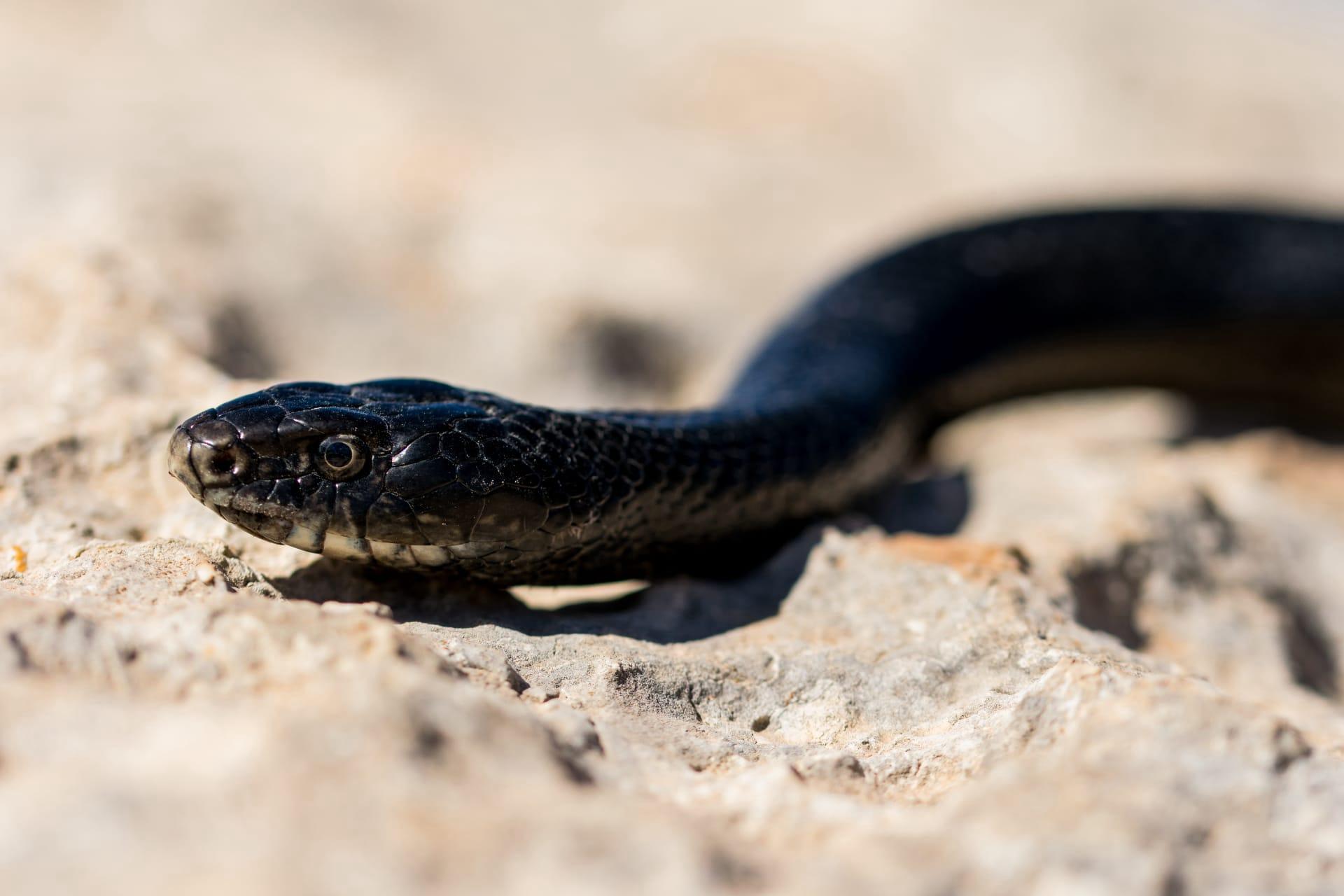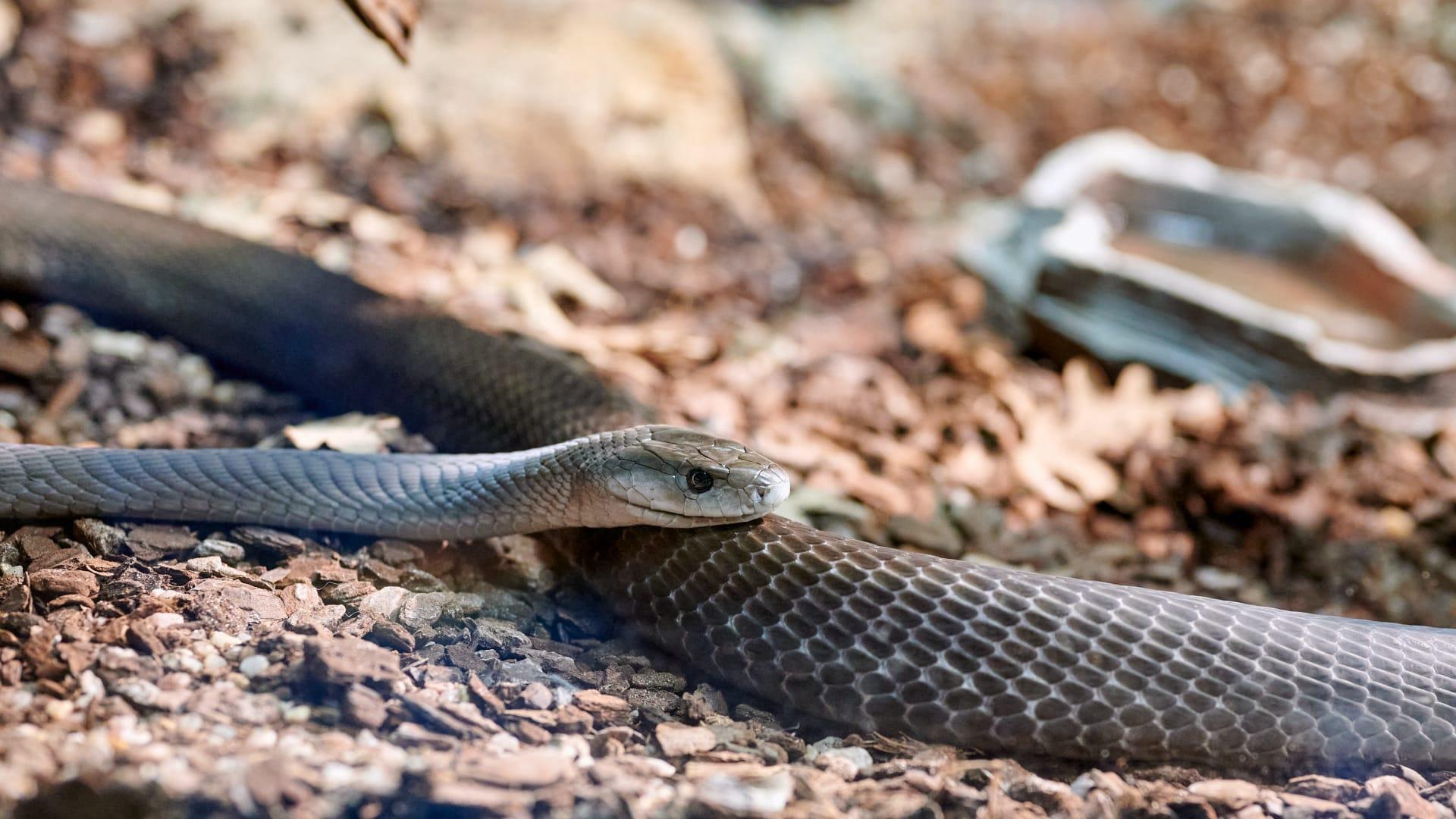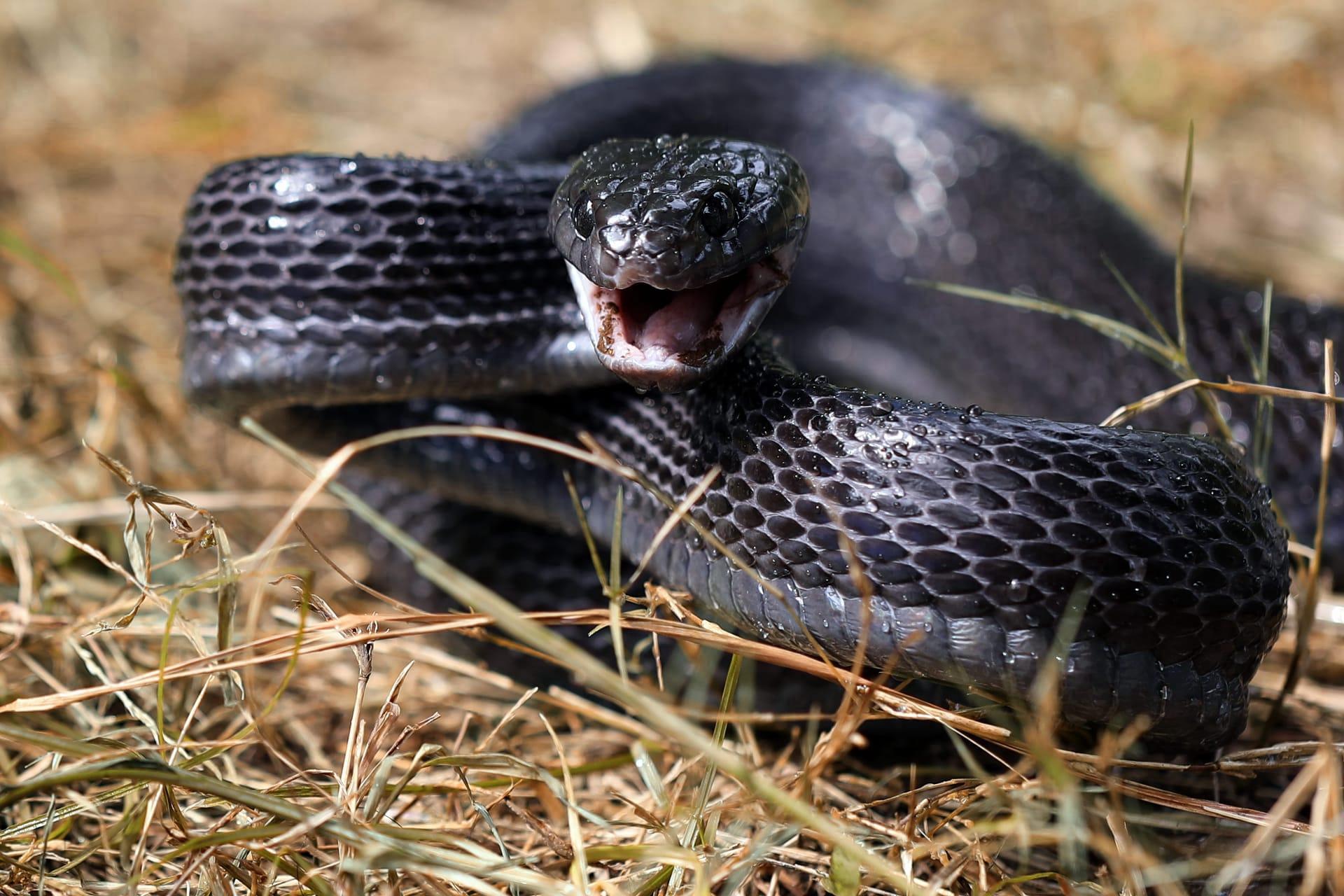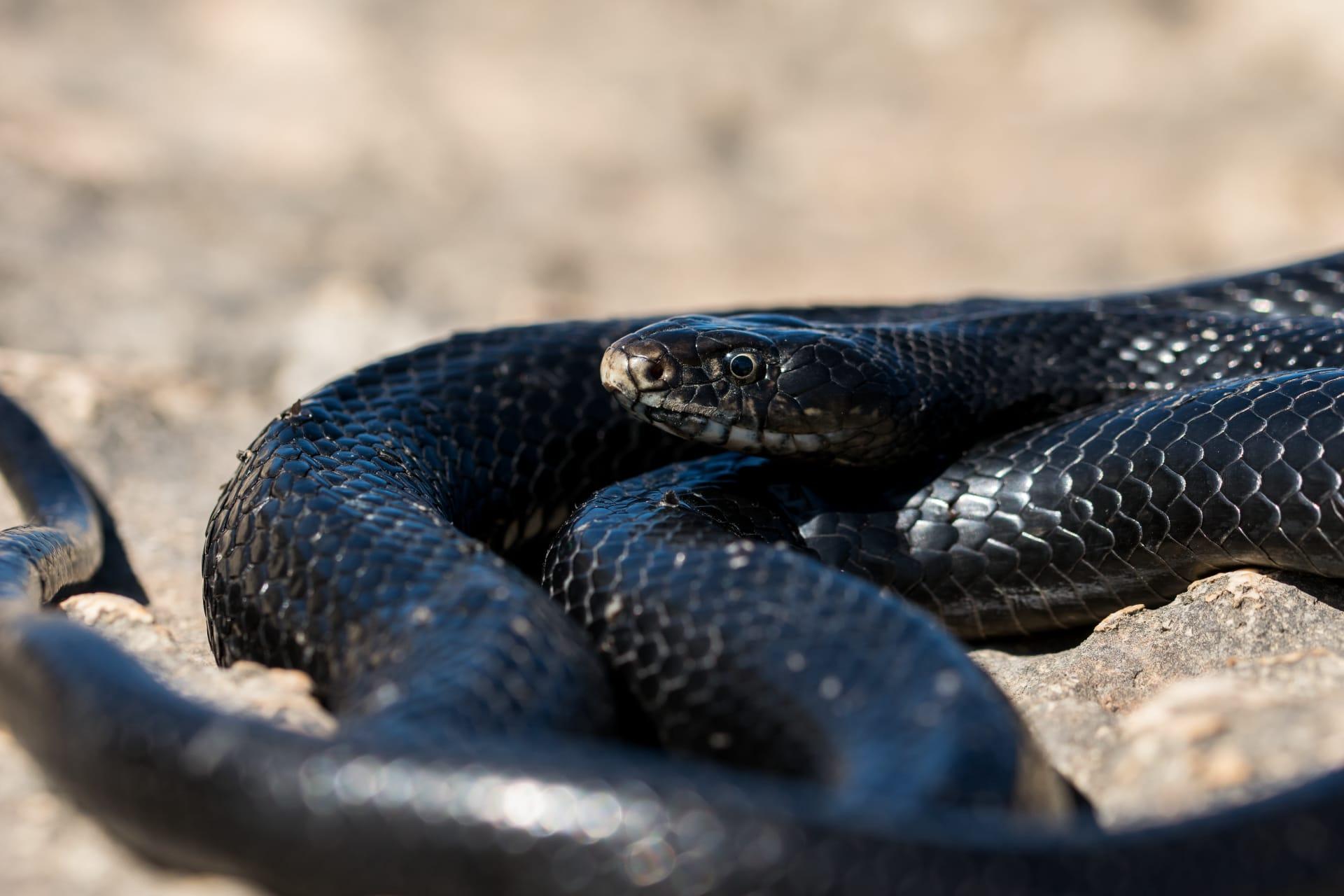Black Mamba Trivia
- Home /
- Trivia Question /
- Animal /
- Black Mamba Trivia
1
Question: How fast can a Black Mamba move, and how does this speed compare to other snakes?
Answer: The Black Mamba is one of the fastest snakes in the world, reaching speeds of up to 12 miles per hour (19 km/h). This speed outstrips most other snakes, which typically travel much slower. For example, the average rattlesnake moves at about 2-3 miles per hour. The Black Mamba's speed, combined with its agility, makes it an exceptionally formidable predator in its natural habitat.
Question: What is the typical length of a Black Mamba and how does it grow throughout its life?
Answer: Adult Black Mambas commonly measure between 8 to 14 feet (2.4 to 4.3 meters) in length, making them one of the longest venomous snakes in the world. They grow rapidly in their first few years of life, reaching almost half their adult size in the first year. Their growth rate slows down as they age, but they continue to grow throughout their life, albeit at a much slower pace.

2
Question: Is the Black Mamba the most venomous snake in the world?
Answer: No, the Black Mamba is not the most venomous snake in the world. While its venom is extremely potent, the title of the most venomous snake goes to the Inland Taipan, found in Australia. However, the Black Mamba is widely feared due to its aggressive nature when cornered and its ability to deliver multiple bites quickly.
Question: Do Black Mambas chase humans?
Answer: Contrary to popular belief, Black Mambas do not chase humans. They are typically shy and will avoid human contact. If threatened or cornered, they may display aggressive behavior as a defensive mechanism. The misconception of them chasing humans likely arises from their ability to move quickly, which can be intimidating.

3
Question: What is the lifespan of a Black Mamba in the wild?
Answer: In the wild, Black Mambas can live up to 11 years, although this can vary based on factors like habitat and availability of prey. In captivity, with the absence of predators and consistent food supply, they can live slightly longer, sometimes up to 20 years.
Question: How does a Black Mamba's venom affect its prey or a human victim?
Answer: The venom of a Black Mamba is a potent neurotoxin, which rapidly affects the nervous system. It causes paralysis by blocking nerve signals to muscles, which can lead to respiratory failure. In humans, without antivenom, the mortality rate is nearly 100%, and death can occur within 7-15 hours after the bite.

4
Question: What type of habitat do Black Mambas prefer, and where are they commonly found?
Answer: Black Mambas are typically found in sub-Saharan Africa and prefer savannas, rocky hills, and open woodlands. They are adept at climbing trees and can also be found sheltering in termite mounds or rock crevices. Their habitat choice is often influenced by the availability of prey and the presence of suitable shelter.
Question: What is the primary diet of the Black Mamba, and how does it hunt?
Answer: Black Mambas primarily feed on small mammals like rodents, as well as birds. They are ambush predators, relying on their speed and stealth to catch their prey unawares. Once they bite, they inject their potent venom and wait for the prey to become paralyzed before consuming it.

5
Question: Are Black Mambas social creatures, and how do they interact with each other?
Answer: Black Mambas are generally solitary creatures and come together primarily for mating purposes. They are territorial and can be aggressive towards other mambas invading their space. During mating season, males may engage in ritual combat, wrestling each other for the right to mate with a female.
Question: Can Black Mambas climb trees and why do they do it?
Answer: Yes, Black Mambas are excellent climbers and can be found in trees searching for prey or basking in the sun. They climb trees to catch birds and to escape from potential threats on the ground. Their climbing ability also provides them with a vantage point to survey their territory and detect prey or predators from a distance.